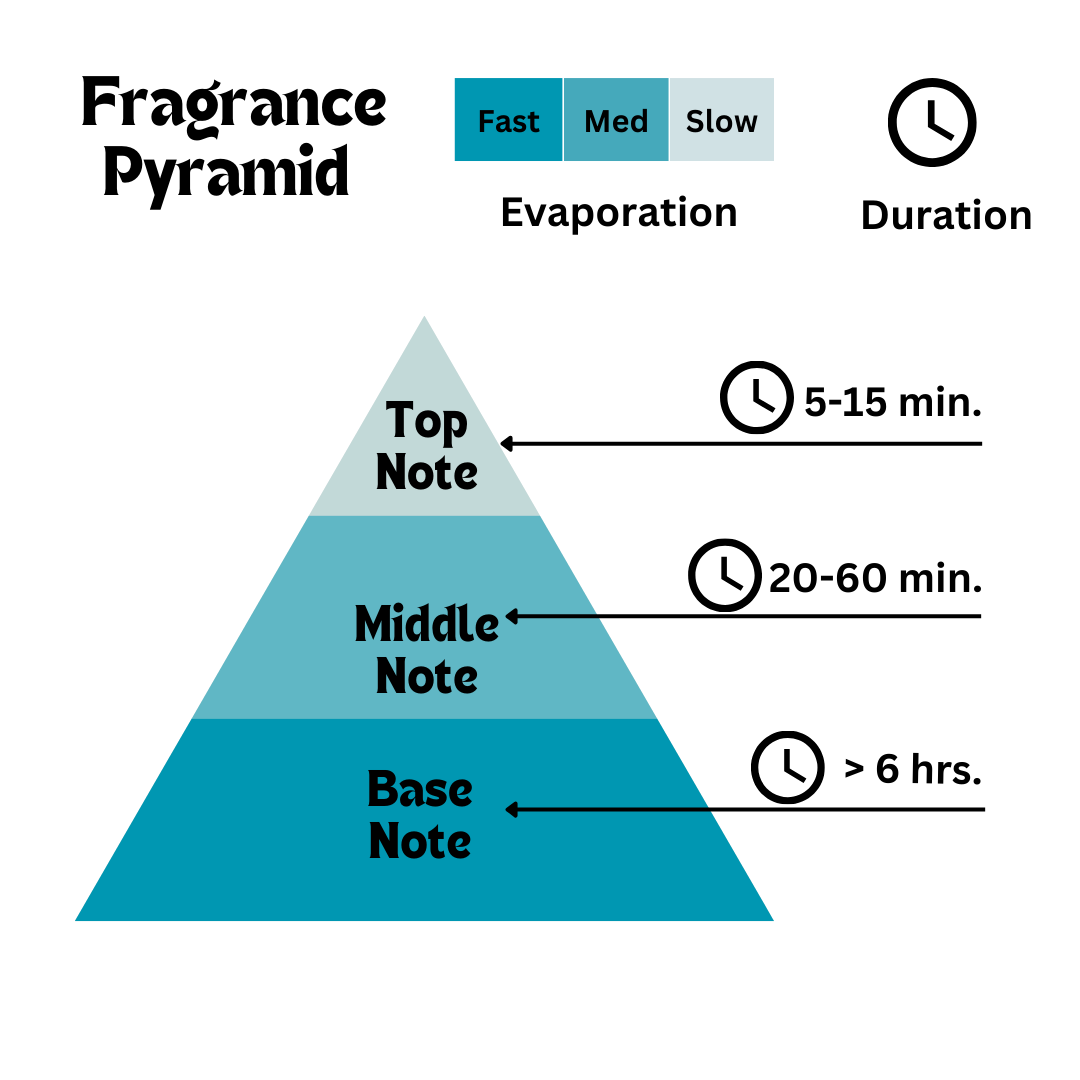Have you ever pondered why a perfume smells different moments after you apply it, or how some scents linger long into the night? This magical transformation is the result of a masterful blend of top, heart, and base notes, meticulously crafted to create a mesmerizing olfactory journey. Understanding these notes will not only elevate your appreciation for the artistry of perfumery but also help you uncover your unique signature scent. Discover the roles each type of note plays, how they harmonize to create complex fragrances, and learn to identify the scents that resonate with your senses. Whether you’re a seasoned connoisseur or a curious newcomer, immerse yourself in the fascinating science and art behind every spritz of perfume.
What Are Fragrance Notes?
Fragrance notes are the individual scent layers of ingredients that make up a fragrance. They are the building blocks of a perfume, contributing to its overall scent profile and evoking specific emotions and experiences. Perfumers carefully select and balance these notes to create a well-rounded and pleasing aroma.
Fragrance is an intricate art form, akin to painting or composing music. Just as different colors and musical notes come together to create a masterpiece, various fragrance notes blend harmoniously to craft a captivating perfume. These fragrance notes are divided into three main categories: top notes, middle (or heart) notes, and base notes. Each category plays a crucial role in the perfume’s development, longevity, and overall scent profile.
The Fragrance Pyramid
A perfume’s structure is often visualized as a pyramid, with top notes at the peak, heart notes in the middle, and base notes forming the foundation. This pyramid illustrates how the notes evaporate and develop over time, creating the complete olfactory experience.

Top Notes
Role and Characteristics Top notes, also known as headnotes, form the initial impression of the fragrance. They are the scents you detect immediately after applying the perfume, setting the tone and drawing you into the fragrance’s story. These notes are light, fresh, and uplifting, designed to evaporate quickly.
Common Top Notes
- Citrus: Lemon, orange, bergamot
- Floral: Lavender, rose
- Herbal: Basil, anise
- Airy Scents: Peppermint
Duration Top notes typically last between 5 to 15 minutes before dissipating, allowing the middle notes to emerge.
Middle (or Heart) Notes
Role and Characteristics Heart notes, or middle notes, form the core of the fragrance. These scents develop once the top notes fade, providing depth and complexity to the perfume. Heart notes make up about 40-80% of the overall fragrance composition and act as a bridge between the top and base notes.
Common Heart Notes
- Floral: Jasmine, geranium, neroli, ylang-ylang
- Spicy: Cinnamon, pepper, cardamom
- Fruity: Apple, strawberry
Duration Heart notes last from 20 minutes to 1 hour, maintaining their presence throughout the fragrance’s life.
Base Notes
Role and Characteristics Base notes provide the foundation of the fragrance, adding richness, depth, and longevity. These notes emerge as the heart notes begin to fade, lingering on the skin and clothing for the longest period. Base notes are typically heavy and long-lasting, often forming the scent that remains most memorable.
Common Base Notes
- Woody: Sandalwood, cedarwood, patchouli
- Warm: Vanilla, amber
- Musky: Powdery musk
Duration Base notes can last up to 6 hours or more, sometimes lingering for days on clothing.
Creating a Balanced Perfume
Balancing Notes Creating a balanced perfume requires careful selection and proportioning of top, middle, and base notes. A typical blend might consist of 50-75% middle notes, 20-40% top notes, and 5-10% base notes. This balance ensures that the fragrance evolves smoothly over time, with each layer transitioning seamlessly into the next.
Example Blend
- Top Note: 4 drops of lemon or orange
- Middle Note: 10 drops of cinnamon
- Base Note: 1 drop of cedarwood
Drop-by-Drop Method To achieve the perfect balance, perfumers often use a drop-by-drop method, starting with one drop of each oil and gradually adjusting until the desired scent is achieved.
How to Pick Fragrance Notes
Identifying Perfume Notes The scent profile of a perfume can be identified based on the time elapsed after application. Top notes are detected immediately, heart notes emerge once the top notes fade, and base notes linger the longest.
Fragrance notes are the essential components that create a perfume’s unique character and appeal. By understanding the role and interaction of top, middle, and base notes, you can better appreciate the complexity of your favorite perfumes and make more informed choices when selecting new scents. Explore various combinations and discover the perfect fragrance that resonates with your personal style and preferences.

